About North East
In the early 19th century, both the Ahom and the Manipur kingdoms fell to a Burmese invasion. The ensuing First Anglo-Burmese War resulted in the entire region coming under British control. In the colonial period (1826-1947), North East India was made a part of Bengal Province from 1839 to 1873, when Assam became its own province.
After Indian Independence from British Rule in 1947, the Northeastern region of British India consisted of Assam and the princely states of Manipur and Tripura. Subsequently, Nagaland in 1963, Meghalaya in 1972, Arunachal Pradesh in 1975 (capital changed to Itanagar) (formed on 20 February 1987) and Mizoram in 1987 were formed out of the large territory of Assam. Manipur and Tripura remained as Union Territories of India between 1956 until 1972, when they attained fully-fledged statehood. Sikkim was integrated as the eighth North Eastern Council state in 2002.
The city of Shillong served as the capital of the Assam province created during British Rule. It remained as the capital of undivided Assam until formation of the state of Meghalaya in 1972.The capital of Assam was shifted to Dispur, a part of Guwahati, and Shillong was designated as the capital of Meghalaya.
Assam
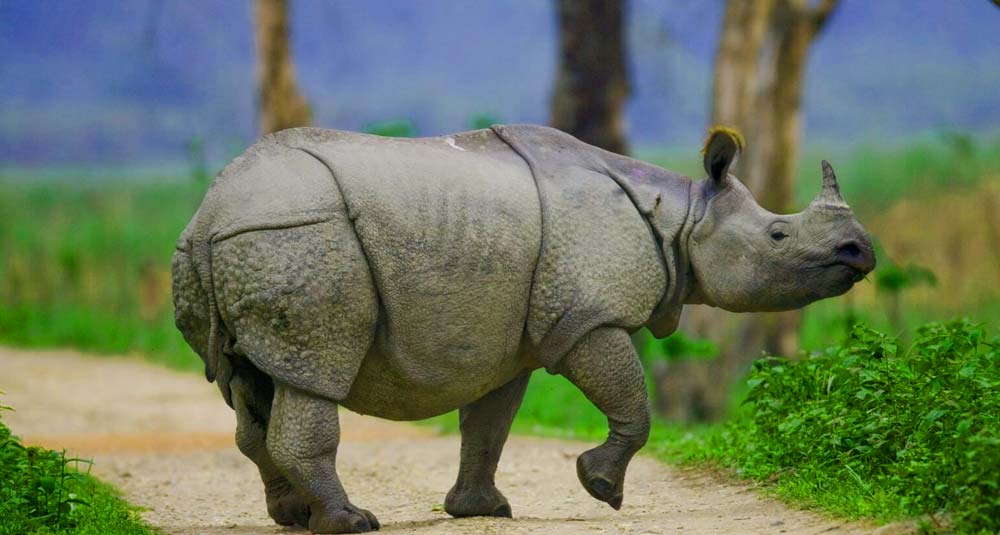
The largest city in Northeast and the gateway to the seven sisters, Guwahati is a mega city always blooming with celebrations. Basically, an amazing place if you want to sight-see the multicultural displays of Assam. Your family will certainly have a good time to keep you company here. Some notable and must visit places in Guwahati are Kamakhya Temple, Fancy Bazar, Assam State Zoo, Regional Science Centre, and Accoland . You can also take up Boat tour to the island of Brahmaputra, where the famed Umananda Temple is situated. If you feel like meandering and spending quality time with family, Guwahati has some lush gardens too.
Arunachal Pradesh
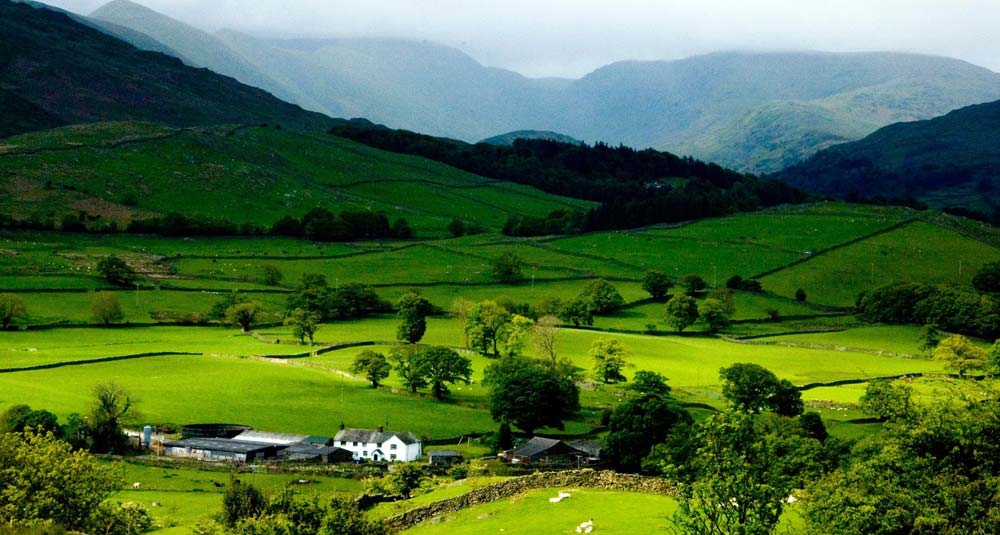
Arunachal Pradesh is one of the 29 states of India holding the most north-eastern position among the other states in the north-east region of India. Arunachal Pradesh borders the states of Assam and Nagaland to the south, and shares international borders with Bhutan in the west, Myanmar in the east and China in the north. Itanagar is the capital of the state.
Arunachal Pradesh, which translates to "land of the dawn-lit mountains", is also known as the Orchid State of India or the Paradise of the Botanists. Geographically, it is the largest among the North-east Indian states. As in other parts of Northeast India, the people native to the state trace their origins from the Tibeto-Burman people.
Meghalaya
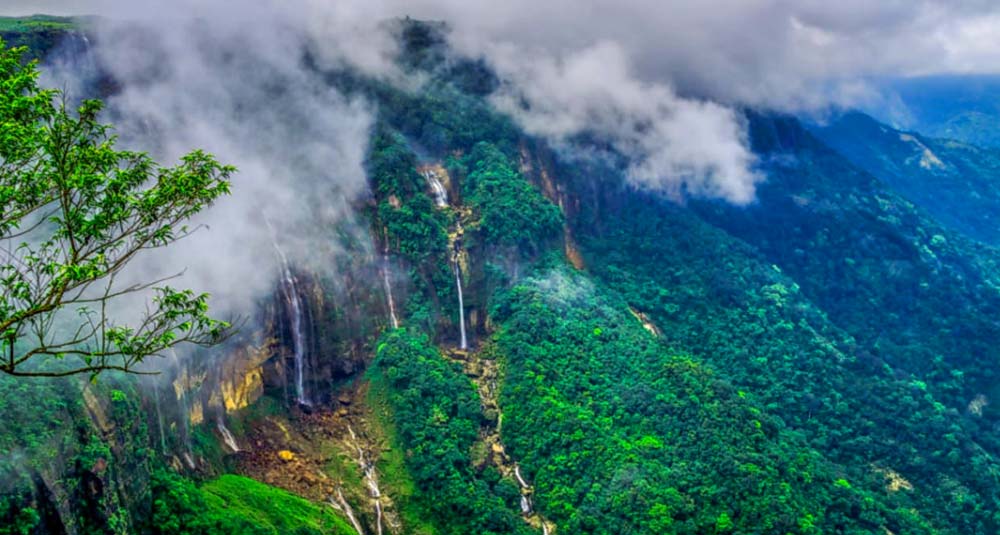
This state is bounded to the south and the west by the People's Republic of Bangladesh and the north and the east by India's Assam state. The capital is Shillong, known as the "Scotland of the East". Meghalaya was previously part of Assam, but on 21 January 1972, the districts of Khasi, Garo and Jaintia hills became the new state of Meghalaya. English is the official language of Meghalaya. The other principal languages spoken include Khasi, Pnar and Garo. Unlike many Indian states, Meghalaya has historically followed a matrilineal system where the lineage and inheritance are traced through women; the youngest daughter inherits all wealth and she also takes care of her parents.
Tripura
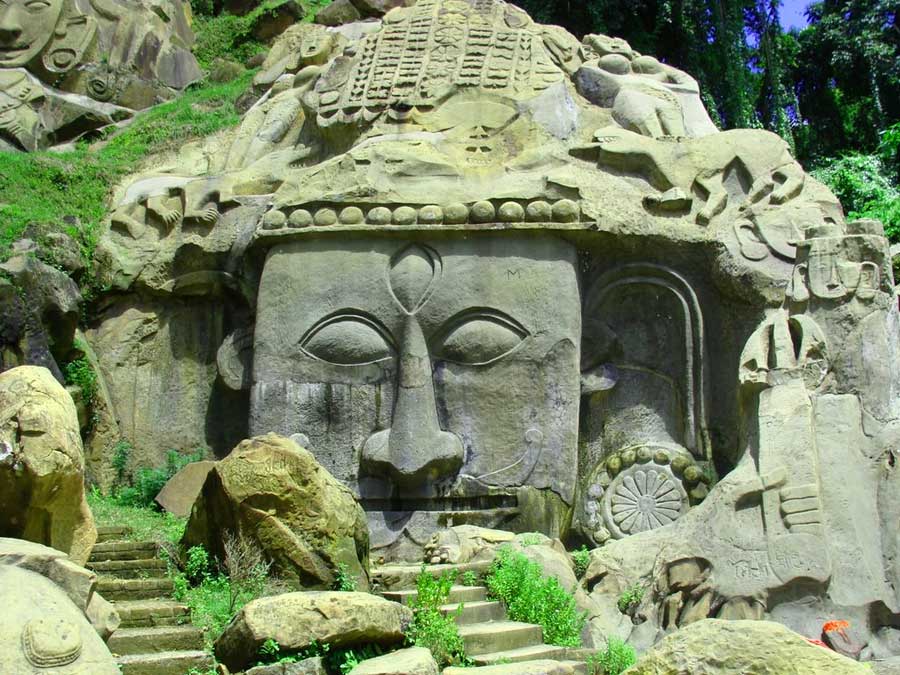
The area of modern Tripura was ruled for several centuries by the Tripuri dynasty. It was the independent princely state of the Tripuri Kingdom under the protectorate of the British Empire which was known as Hill Tippera while the area annexed and ruled directly by British India was known as Tippera District (present Comilla District). The independent Tripuri Kingdom (or Hill Tippera) joined the newly independent India in 1949.
Forests cover more than half of the state, in which bamboo and cane tracts are common. Tripura has the highest number of primate species found in any Indian state. Due to its geographical isolation, economic progress in the state is hindered. Poverty and unemployment continue to plague Tripura, which has a limited infrastructure. Most residents are involved in agriculture and allied activities, although the service sector is the largest contributor to the state's gross domestic product.
Nagaland
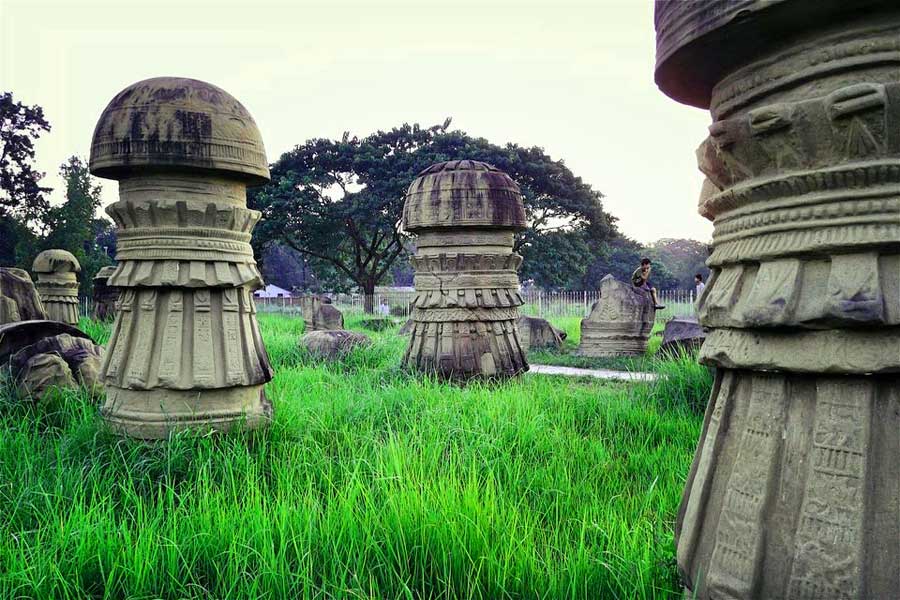
Nagaland is a state in the far north-eastern part of India. It borders the state of Assam to the west,Arunachal Pradesh and part of Assam to the north, Myanmar to the east and Manipur to the south. The state capital is Kohima, and the largest city is Dimapur. It has an area of 16,579 km2 with a population of 1,980,602 as per the2011 census, making it one of the smallest states of India. Nagaland became the 16th state of the Indian Union on 1 December 1963. Agriculture is the most important economic activity and the principal crops include rice, corn, millets, pulses, tobacco, oilseeds, sugarcane, potatoes, and fibres. Other significant economic activity includes forestry, tourism, insurance, real estate, and miscellaneouscottage industries. The state has experienced insurgency as well as inter-ethnic conflict, since the 1950s. This violence and insecurity has long limited Nagaland's economic development, where it had to commit its scarce resources on law, order and security. In last 15 years, the state has seen less violence and annual economic growth rates nearing 10% on a compounded basis, one of the fastest in the region.
Manipur
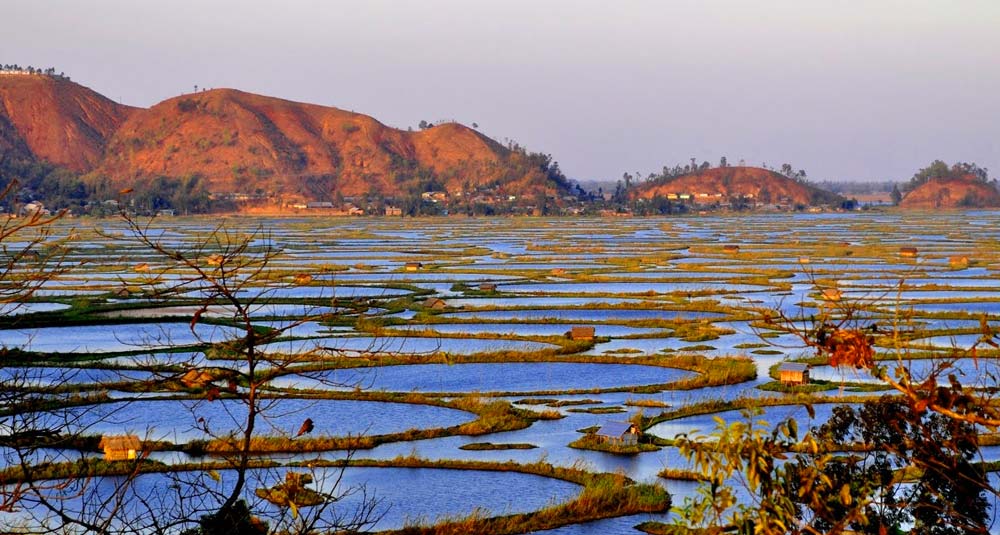
Manipur is a mosaic of ancient traditions and rich cultural patterns. In the field of arts and culture, the State is best represented by its classical and folk dance forms. Raas Leelas depict the Leelas of Lord Krishna as a child with Gopies of Brindavan and express their yearning for communion with the Lord. The Raas Dance is perfectly lyrical and has extremely graceful movements. The spring festival, the “LaiHaraoba” held in April – May is symbolized by a traditional stylized and ritualistic dance performed for peace and prosperity. The tribal folk dances are an expression of nature, creativity and aestheticism of the tribal way of life. One can be charmed by the colourful costumes, dances and unique rituals in festivals such as LuiNgaiNi (seed sowing festival of the Nagas of Manipur) and Kut, the largest festival of KukiChinMizo communities.